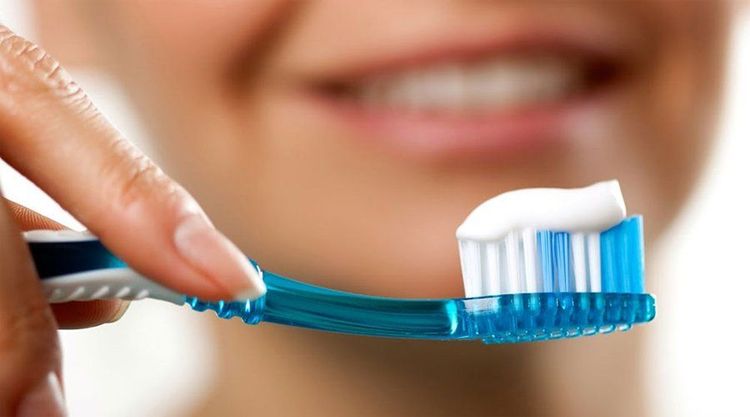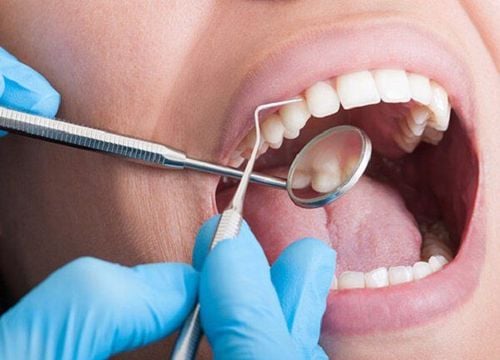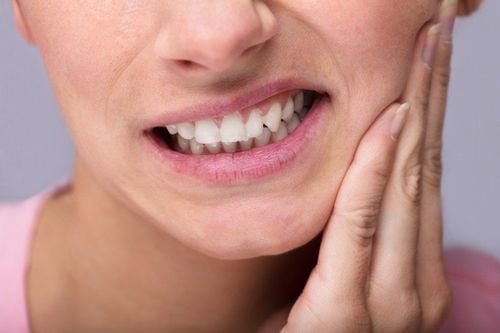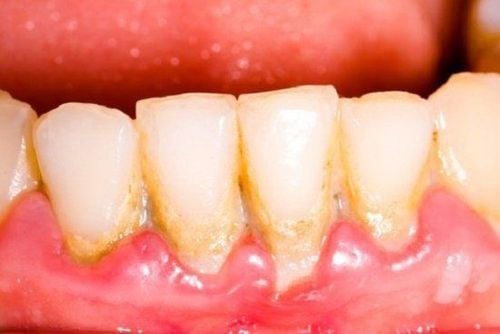This is an automatically translated article.
The article is professionally consulted by Master, Doctor Dang Tien Dat - Doctor of Odonto-Stomatology - Department of Medical Examination and Internal Medicine - Vinmec Ha Long International General Hospital.Toothbrush is an indispensable item in daily life, having a great influence on oral health. Choosing the right toothbrush and properly storing it are extremely important.
1. How to choose the right toothbrush
The toothbrush has its origins more than 5000 years ago, in the primitive form of a small twig that was smashed at the end to clean teeth. Then the toothbrush was improved, the handle was made of wood, ivory, horn or animal bone, the brush head was made of pig hair, wild boar hair or other hard-haired animals. By 1938, the nylon toothbrush we are using today was born.

Toothbrush is an extremely essential item in oral health care. Choosing the right toothbrush is very important. There are two types of toothbrushes: hand-held toothbrushes and electric toothbrushes. No matter what type of brush you use, to choose the right toothbrush you also need to pay attention to the following factors:
Bristles: The bristles have 3 levels of hard, medium and soft. The nature of the bristles should be suitable for the oral condition. If the brushing force is strong, the teeth are sensitive or the gum condition is not good, using a brush with stiff bristles can damage enamel and gums. Soft-bristled brushes are more comfortable and safe to use, but the plaque removal effect is less effective, so when using a soft-bristled brush, you should brush your teeth thoroughly. The length of the bristles also plays an important role, people with braces, to clean both teeth and braces should choose a brush with shorter bristles in the middle than the bristles at the edges. People with crooked teeth should use a brush with longer bristles to clean hard-to-reach areas. Brush head size: should choose a brush head that can reach all positions of the teeth. For adults, a brush head with a width of 1.2 cm and a length of about 2.5 cm is suitable. Larger brushes can make it difficult to brush the back and sides of the jaw. Brush handle: must have the right length, ensuring durability in daily use. Compared to hand-held toothbrushes, electric toothbrushes help brush teeth cleaner and faster. When choosing an electric toothbrush, it is necessary to choose to buy from reputable manufacturers, which have proven to be safe for hard and soft tissues and also with dental restorations.
2. How to properly store your toothbrush?
If the toothbrush is not stored properly, it can cause the toothbrush to grow into a reservoir full of bacteria, viruses, and fungi, causing many health risks. In order to keep the toothbrush clean and safe to use, it is necessary to pay attention to follow some instructions on how to care for the toothbrush as follows:
Do not use the same toothbrush. Need to clean the toothbrush. with warm water for a few seconds before use. After use, need to wash the brush thoroughly, shake it dry. Then, leave the brush in a dry place with an angle of 45 degrees so that the water in the brush can easily drain out, the brush is dried faster. Avoid leaving the brush in humid places such as the bathroom and avoid letting the brush heads come into contact with each other. Do not leave wet brushes in closed containers often, a closed and humid environment will help bacteria grow faster. Replace your toothbrush every 3-4 months or faster if the bristles show signs of lint, wear, or frayed sides. Using a brush for too long will make the cleaning effect of the brush less effective. The bristles will have a hard time getting between the teeth to clean the plaque. On the other hand, the longer a brush is used, the more bacteria will grow in it. Toothbrushes should also be replaced after an illness because germs left in the brush can cause re-infection.

Toothbrush cleaning methods can also be used to help remove pathogens from the brush. One of the most effective methods is to add a teaspoon of hydrogen peroxide to a cup of water and soak the brush for at least 30 seconds, rinsing it with hot water before use. If hydrogen peroxide is not available, an antibacterial mouthwash can be used instead. Another method is to soak the brush in diluted vinegar, the vinegar will help kill most of the bacteria and other pathogens in the brush. Boiling water also helps to clean the toothbrush, the way to do it is very simple, just soak the brush in a cup of boiled water for 3 to 5 minutes. However, even with proper toothbrush maintenance and regular toothbrush cleaning methods, toothbrushes should be changed every three to four months. Don't choose a toothbrush that's too expensive, choose the right brush for a reasonable price so you can change the brush on a regular basis.
Toothbrush is an extremely important item in daily life. Choosing a suitable brush and maintaining it properly is also protecting your own health.
Master, Doctor Dang Tien Dat graduated with a master's degree in Odonto-Stomatology at Hanoi Medical University. Dr. Dat has strengths in: performing wisdom tooth extraction procedures, root canal treatment, tartar removal, gentle tooth filling, minimal trauma, helping patients to minimize pain; Design and make beautiful porcelain teeth. Currently, dentist Dat is working at the Department of Odonto-Stomatology, Vinmec Ha Long International Hospital.
Please dial HOTLINE for more information or register for an appointment HERE. Download MyVinmec app to make appointments faster and to manage your bookings easily.














